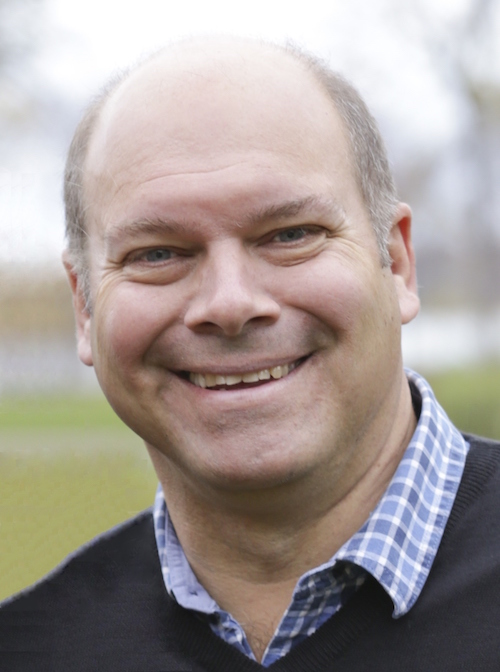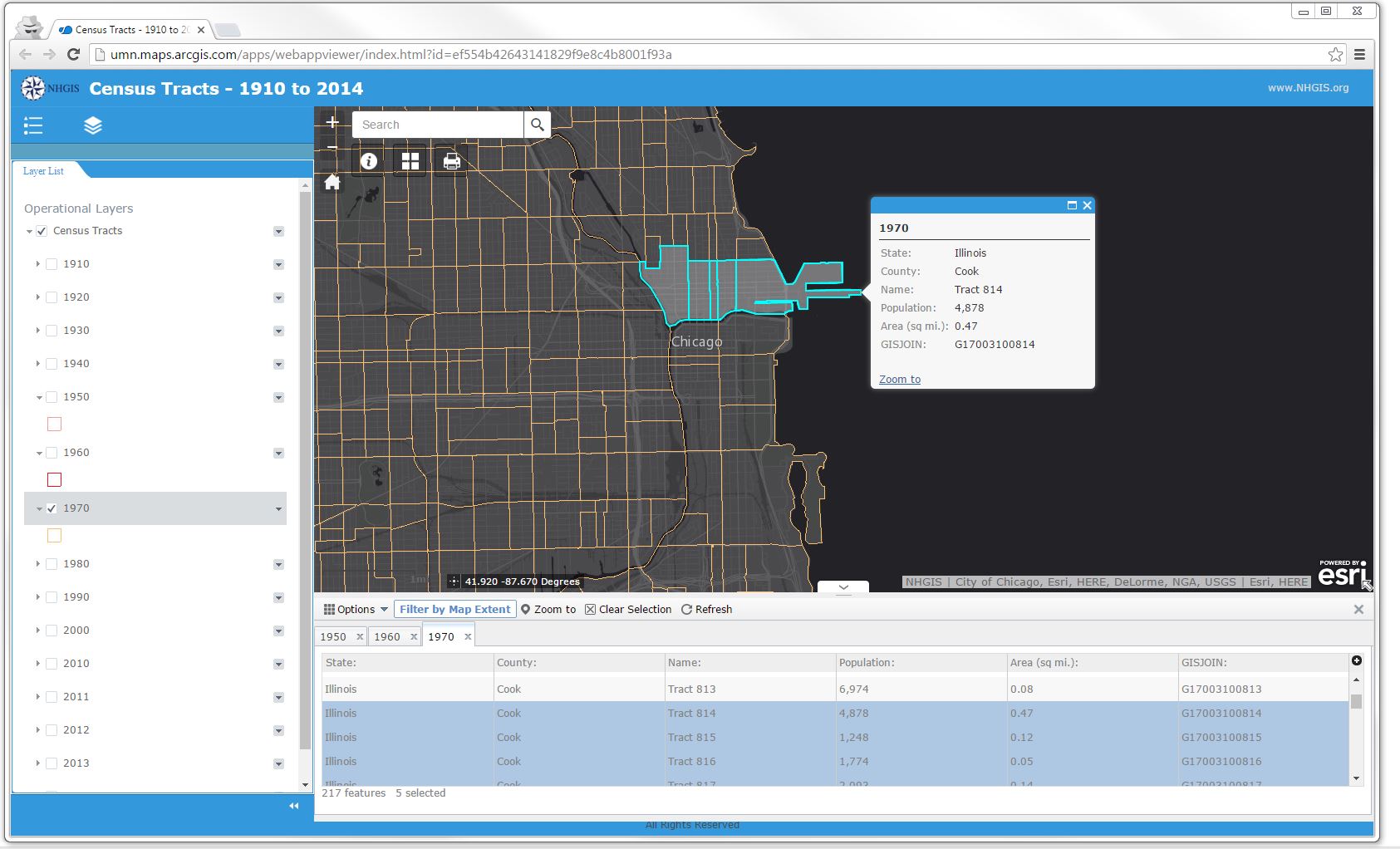 Associate Professor of History and MPC Faculty Member J. David Hacker made headlines in 2011 when he published a groundbreaking study of the total number of U.S. Civil War dead. Hacker argued that the widely-accepted figure of 620,000 was far too low. Using IPUMS, Hacker showed that the number of dead was at least 750,000—if not more. His article, “A Census-Based Count of the Civil War,” published in Civil War History, was introduced by the editors in the issue as “among the most consequential pieces ever to appear in this journal’s pages.”
Associate Professor of History and MPC Faculty Member J. David Hacker made headlines in 2011 when he published a groundbreaking study of the total number of U.S. Civil War dead. Hacker argued that the widely-accepted figure of 620,000 was far too low. Using IPUMS, Hacker showed that the number of dead was at least 750,000—if not more. His article, “A Census-Based Count of the Civil War,” published in Civil War History, was introduced by the editors in the issue as “among the most consequential pieces ever to appear in this journal’s pages.”
Few demographic historians expect attention from mainstream press when they publish their research, but Hacker’s study attracted national interest, including interviews with the New York Times and National Public Radio.
Continue reading…



 Associate Professor of History and MPC Faculty Member J. David Hacker made headlines in 2011 when he published a groundbreaking study of the total number of U.S. Civil War dead. Hacker argued that the widely-accepted figure of 620,000 was far too low. Using IPUMS, Hacker showed that the number of dead was at least 750,000—if not more. His article, “A Census-Based Count of the Civil War,” published in Civil War History, was introduced by the editors in the issue as “among the most consequential pieces ever to appear in this journal’s pages.”
Associate Professor of History and MPC Faculty Member J. David Hacker made headlines in 2011 when he published a groundbreaking study of the total number of U.S. Civil War dead. Hacker argued that the widely-accepted figure of 620,000 was far too low. Using IPUMS, Hacker showed that the number of dead was at least 750,000—if not more. His article, “A Census-Based Count of the Civil War,” published in Civil War History, was introduced by the editors in the issue as “among the most consequential pieces ever to appear in this journal’s pages.”